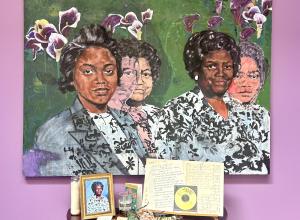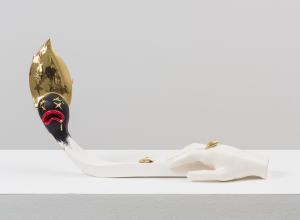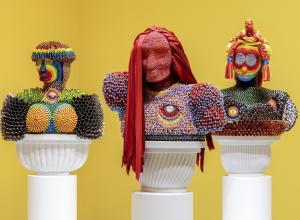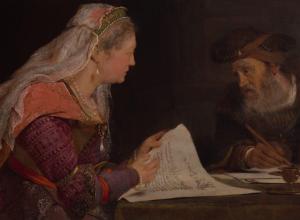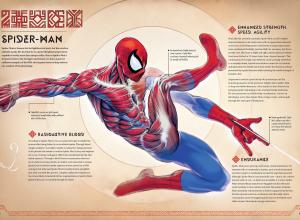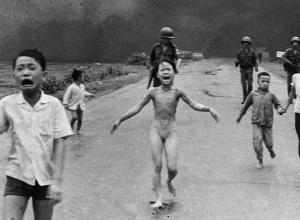The name Monet is perhaps one of the most recognizable in the world of art, but overwhelmingly, it is associated with the life and paintings of Claude Monet (1840-1926), the illustrious father of impressionism painting. There was another Monet, however, proficient in painting, who created lively, impressionistic works, but little recognized beyond the shadow of Claude. She was Blanche Hoschedé-Monet.
Art News
One of the greatest artists of the medieval Northern Renaissance, iconoclastic Netherlander Hieronymus Bosch created highly detailed surrealistic works centered around religious themes.
A visual history of Zoroastrianism—allegedly humanity’s oldest monotheistic religion—materializes only to the most determined eyes. Buried under millennia of crucifixes, stars of David, and crescent moons, symbols of this four-thousand-year-old faith have been overshadowed and repurposed as cultural and political motifs; yet like its worshippers, Zoroastrian art has not vanished, but rather learned silently to adapt and influence.
Gold is perhaps the most iconic metal—an immortal symbol of wealth. Even in the ancient world, this precious resource was an object of great attention, highly desired yet hard to find. The Romans and Greeks were able to locate it in its purest form, however, only in a limited number of areas and in the form of nuggets from mines or small particles collected from rivers or desert sand.
It takes a brave collector to acquire artwork by an emerging artist.
Lines in Four Directions is a 90-by-72-foot sculpture by the late artist Sol LeWitt. It was mounted on the west-facing side of a building owned by the U.S. General Services Administration (GSA) at 10 W Jackson Blvd in Chicago’s Loop District.
Even as the art world continues to make strides toward gender equity, its history still holds major gaps. One such gap is the work of artist Jeanne Coppel. The Romanian-born French painter was a trailblazer in the use of abstraction in the 20th century.
This month marked the World Heritage Committee’s 47th update of UNESCO’s World Heritage List. The assembly– which was held from July 6th through the 16th at UNESCO headquarters in Paris– resulted in the inscription of 26 cultural and natural properties added as Heritage Sites, an extension of two pre-existing sites, and the removal of three others from the List of World Heritage in Danger.
“Madonna and Child” is a 16th-century painting by Renaissance artist Antonio Solario, also known as Lo Zingaro, whose other works can be found in London’s National Gallery. After being acquired in 1872, the painting safely resided in the civic museum of Belluno, a quaint town nestled in northern Italy’s Dolomite mountains.
Franz von Stuck (1863-1928) was a German painter, sculptor, printmaker, and architect.


![DEl Kathryn Barton [Australian b. 1972] the more than human love , 2025 Acrylic on French linen 78 3/4 x 137 3/4 inches 200 x 350 cm Framed dimensions: 79 7/8 x 139 inches 203 x 353 cm](/sites/default/files/styles/category_card_187x139/public/ab15211bartonthe-more-human-lovelg.jpg?itok=LJbNuU6F)

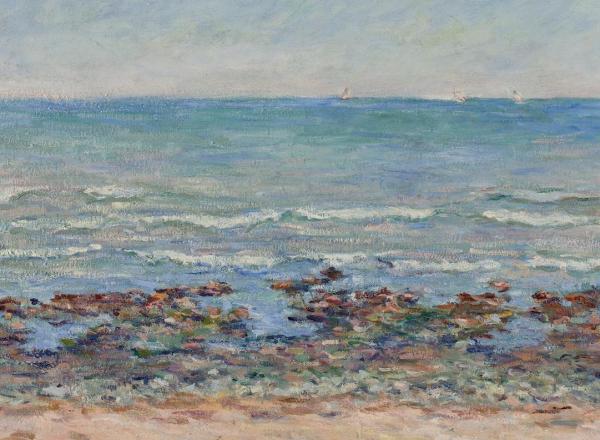
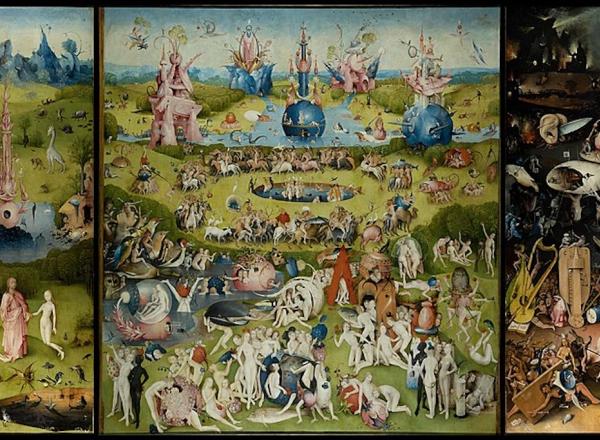
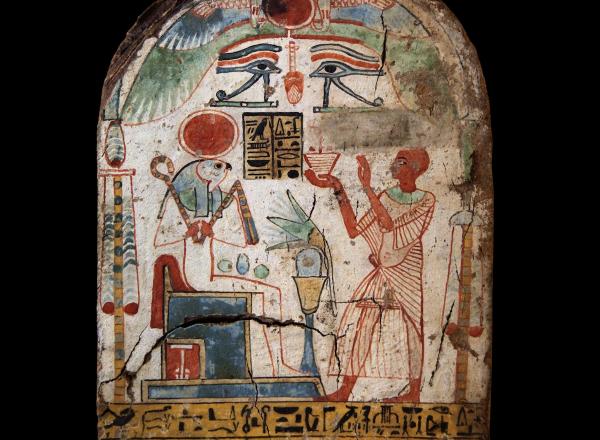
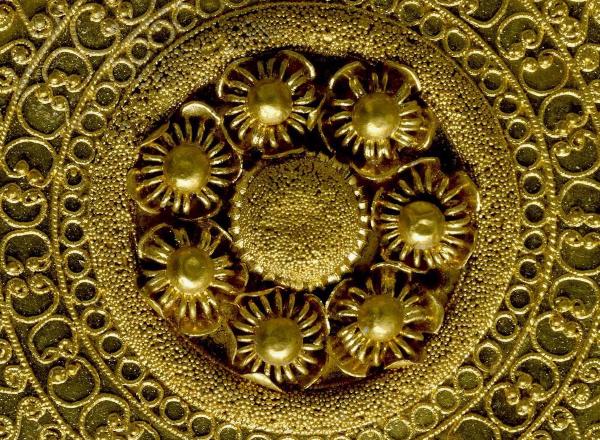
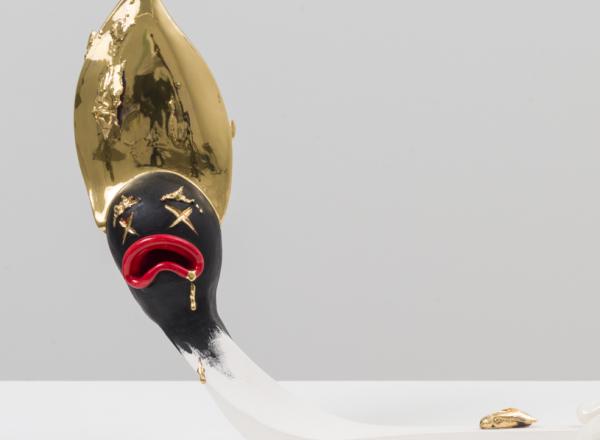
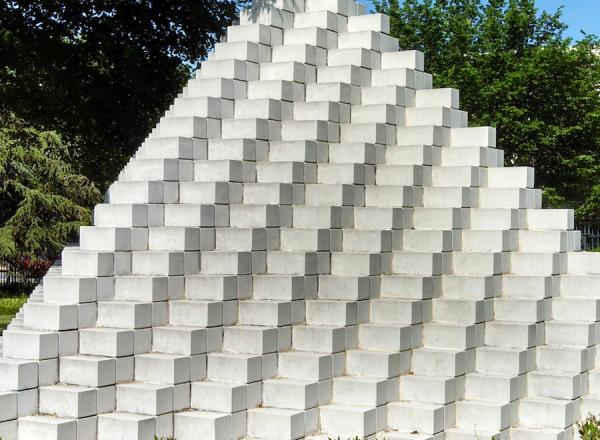
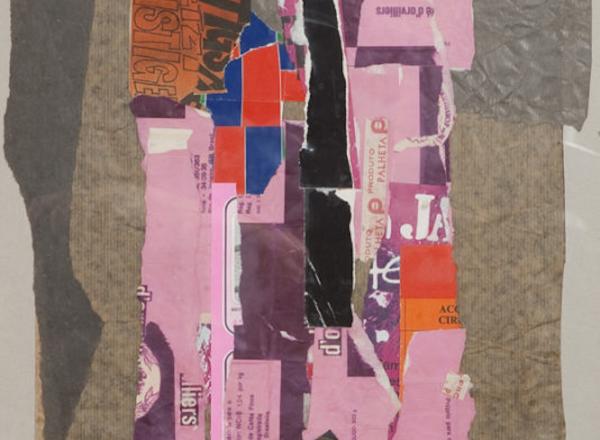

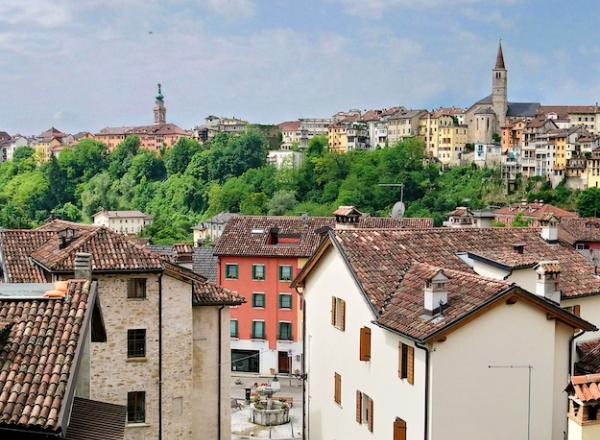
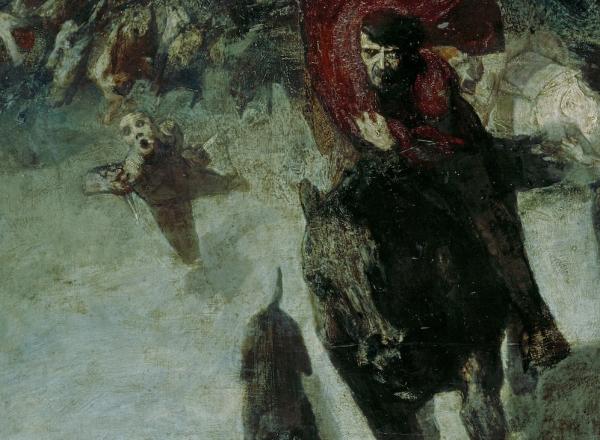

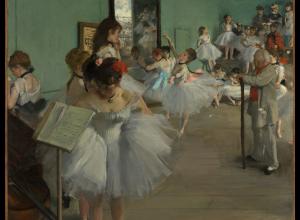
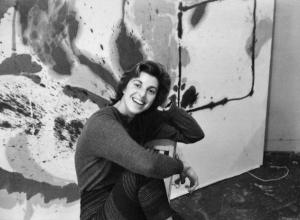
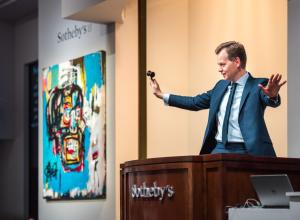
![DEl Kathryn Barton [Australian b. 1972] the more than human love , 2025 Acrylic on French linen 78 3/4 x 137 3/4 inches 200 x 350 cm Framed dimensions: 79 7/8 x 139 inches 203 x 353 cm](https://www.artandobject.com/sites/default/files/styles/image_5_column/public/ab15211bartonthe-more-human-lovelg.jpg?itok=wW_Qrve3)

